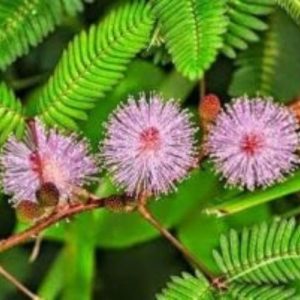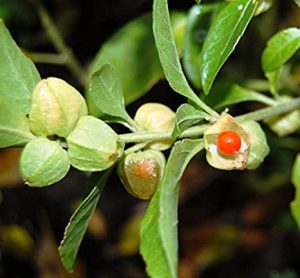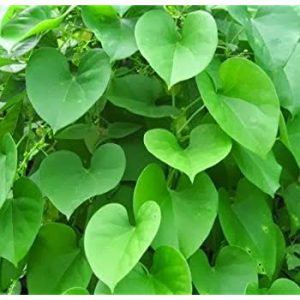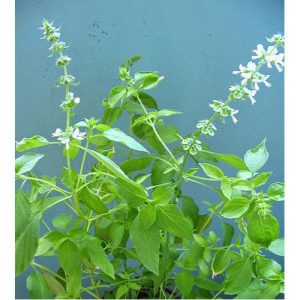About Bel Tree
Bael is botanically known as Aegle marmelos ant it is deciduous tree with trifoliate leaves. The branches sometimes bear long straight spines. The bark is shallowly furrowed and corky. Bael is an indigenous fruit tree of India.
Bael grows in wild and semi-wild in the North India states of Uttar Pradesh, Orissa, Bihar, West Bengal, and Madhya Pradesh. It is considered holy in Hindu religion and the leaves are used as offerings for Lord S







